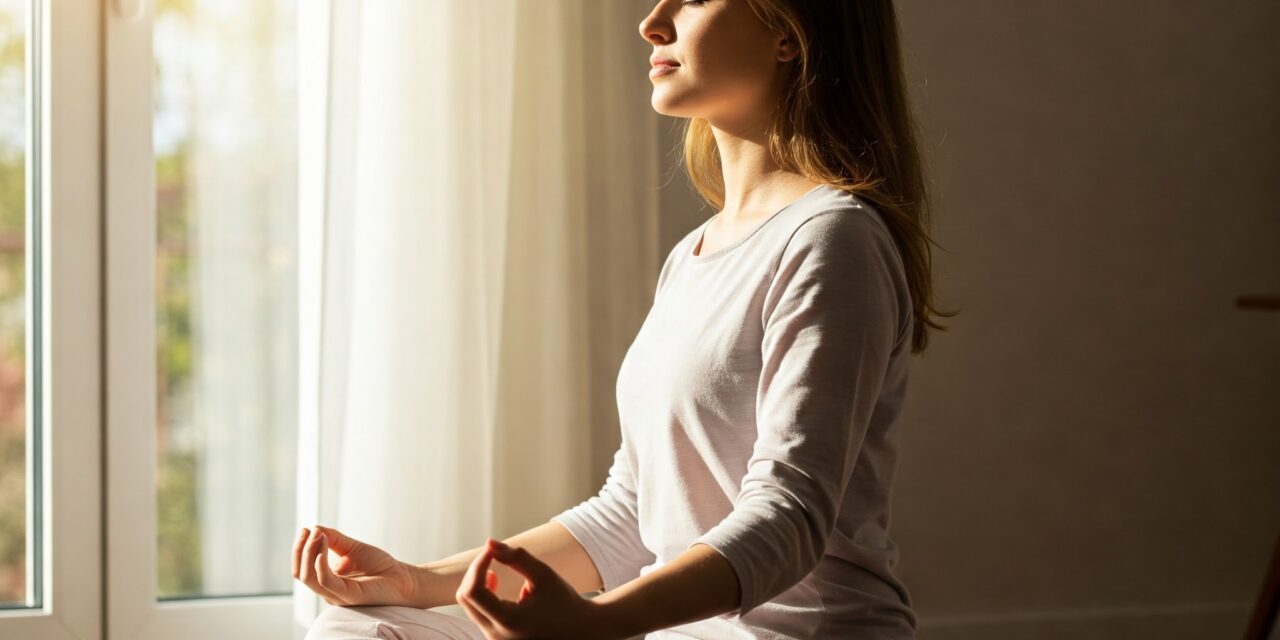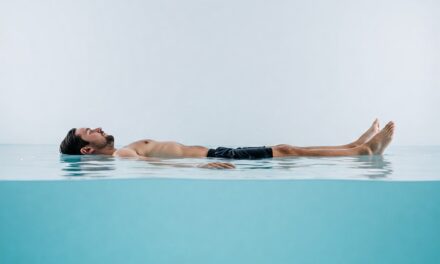Former Microsoft executive Linda Stone coined the term “screen apnea” in 2007 after noticing she’d developed an unhealthy habit of holding her breath while answering her emails.
In 2009, Andrew Sherriff of the University of Glasgow and colleagues studied more than 3,000 children from birth until nearly the age of 12. The study found that 6 percent of children at around age 12, who had no symptoms of asthma while growing up, ended up with asthma. Shockingly (or not so shockingly), they found that children who watched television for more than two hours daily were almost twice as likely to be diagnosed with the condition, as those who watched less.
Why? Because watching TV caused children to enter into a trance-like state, which slowed their breath, ultimately impacting how much air they took into their lungs over long periods of time – which in turn resulted in higher instances of asthma.
Today, both adults and children are spending a long time in front of screens – myself included. So I thought I’d take this opportunity to remind my dear readers to take a deep breath, and take a moment to explore the benefits of breathwork.
Breathwork, an ancient practice with roots in various cultures worldwide, has a rich history dating back thousands of years. From the Sanskrit concept of Prana (“breath” or “life force”) in India to the Hawaiian understanding of Ha (“breath of life”), breath has long been revered as the essence of life and a conduit to spiritual realms.
Pioneers like Leonard Orr, Stanislav Grof, and Christina Grof developed techniques such as Rebirthing Breathwork and Holotropic Breathwork, which focused on altered states of consciousness and healing. These practices laid the foundation for the diverse array of breathwork techniques available today.
The importance of breathwork lies in its profound effects on both physical and mental well-being. Scientifically proven benefits include reduced stress and anxiety, improved sleep, strengthened lungs, and enhanced management of chronic conditions. By tapping into the parasympathetic nervous system, breathwork can calm the fight-or-flight response, lowering heart rate and blood pressure. Moreover, it serves as a powerful tool for emotional regulation, potentially decreasing symptoms of depression, improving mental focus, and fostering a more positive outlook on life.
Here’s a quick list of just a handful of places and people in and around Portland where you can explore and learn more.
Breathwork Metamorphosis / Pam Savoy / https://www.pamsavory.com/ Working with Pam means experiencing activation, transformation, and a deeper connection with Self. As a highly sensitive empath, she guides with compassion and intuition, helping you ignite your inner fire and take inspired action toward more radiance, vitality, and love in your life. She is often called a ‘vision holder’ until her clients can hold it themselves. It is her great honor to walk this path with you. Pam Savory holds an MA in Psychology and Spiritual Studies. She offers facilitator training, 1:1 coaching and session-retreats-workshops.
Natasha Stewart / https://www.natasha-stewart.com/private-session-work Natasha describes herself as a constant student of life; kinesthetic by nature. She moves through the world by feeling and direct experiencing. She is in awe of emotions, and the full spectrum of the human experience. She has chosen the work she does because of a desire for depth, connection and transformational journeys – both inside and out. Natasha offers 1:1 and group sessions, as well as events and excursions.
Respire PDX / Aaron Overstreet / https://www.respirepdx.com/ Aaron has been assisting people in self empowerment and spiritual healing for over three decades. He believes that we can attain ownership and mastery over our lives and experiences while working in conjunction with our higher selves. Respire Breathwork is based on the teachings of Leonard Orr. It encompasses Aaron’s deep understanding of the breath and his work as a healer and spiritual guide. His ongoing dedication to discovering the healing powers of the breath have led to this gentle yet powerful style of Breathwork. Aaron studied directly with Leonard and has led trainings and workshops in Portland, Virginia and India. Aaron is certified by Rebirthing Breathwork International.
The Living Breath / Margaret Townsend / https://www.thelivingbreath.com/ Margaret has been practicing as a certified breathwork facilitator since 1993. She is also a certified Hakomi mindful somatic psychotherapy practitioner. Her focus on body awareness grew through her work as a Shiatsu and Reiki practitioner and a teacher of dance, yoga, and fitness over the past 30+ years. Margaret offers 1:1 sessions, community workshops, and breathwork parties.
2BWell / Al Lee / https://www.2bwell.net/breathwork Al Lee is an expert in conscious breathing techniques to help people take control over their health, performance and emotions. Al has been studying, practicing and teaching transformational techniques for more than 20 years. He holds a 4th degree black belt in Okinawa Karate and is an experienced yoga and Qi-Gong practitioner. He believes that by combining age-old techniques with the latest science and technology, our practitioner helps individuals improve their health and ability to heal, sharpen their mental, physical, and creative performance, boost their emotional intelligence and well-being, as well as deepen their spiritual experience.
Rooted Breathwork / Emerald May / https://rootedbreathwork.com/ Emerald May helps stressed, anxious adults and children who struggle with feelings of overwhelm and disconnection so they can learn to manage their emotions and maintain a sense of a balance in their daily lives. She teaches functional breathwork, coherent breathing, conscious connected breathwork and School Breathe, as well as offers embodiment tools, to enhance emotional regulation, reduce stress and increase self awareness. Emerald offers coaching to adults, children, breathwork circles, and workplace wellness.





